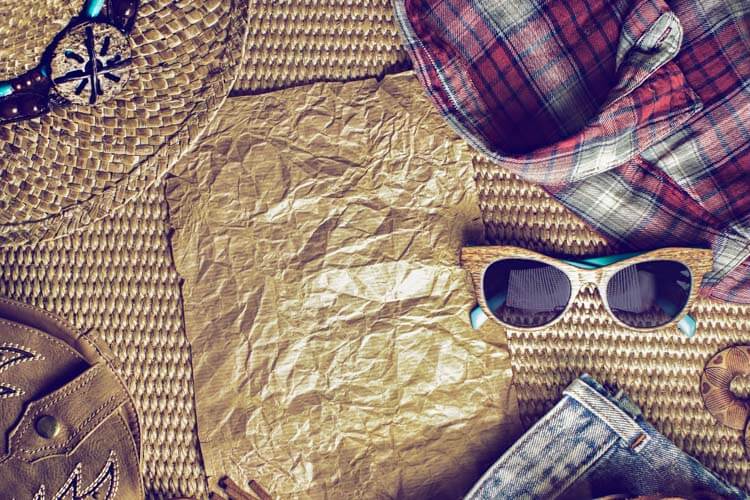Western Wear in America: A Brief History
March 12, 2022

Cowboy gear has affected a long time of Western culture, whether it’s an old pair of leather boots or a ripped felt hat taking dust in the back of the closet. When cowboys, ranchers, and outlaws were at their most powerful, the Wild West was considered the birthplace of western clothing. Western clothing arose as a wearable, practicality in the late 18th and early 19th centuries. The style evolved from functional to ceremonial, with complex ornamentation and elegant flourishes added to an otherwise simple appearance. Continue reading to learn about the history of this well-known clothing style, from hats to coats.

The Hat
To dress westerly, a diverse choice of apparel is required, each with a specific function. The bowler hat acquired popularity in the 1800s because it was more wind resistant than the slouch hat. This hat, made famous by Union Calvary soldiers and still worn today, was swiftly supplanted in the 1870s by Stetson. The hat was made with stampede strings to keep it from flying off when riding at high speeds. To keep the hat in place, a velcro strap was placed behind the chin and at the back of the head.The Shirt
The western shirt, with its characteristic yoke and intricate ornamental embellishments such as embroidery and piping, has become a must-have garment in modern western attire. Yokes were invented in the late 1800s to support the shirt’s looser sections. They are often identified by the use of vibrant or eye-catching colors or patterns. Western films from the 1940s and 1950s aided in the popularity of current western shirts. Standard characteristics include snap pockets, long sleeve cuffs, patches, and fringe. Cowboys competed in rodeos wearing shirts inspired by Mexican vaquero clothing and Confederate soldiers’ battle shirts to stand out from the crowd. They were also popular among youngsters in the 1970s and 2000s.The Trousers
A pair of wool or canvas trousers was the most common form of pants in the early days of the Wild West. Levi Strauss added copper rivets to denim overalls in the 1840s, when miners valued them for their affordability and breathability. Cowboys and ranchers began wearing these trousers regularly in the 1870s, and numerous other jean firms followed suit, including Wrangler and Lee Cooper. Even if it is less common these days, western dress is still the most popular alternative.The Neckwear
The silk necktie or cravat was popular among males throughout the Victorian era (1837–1901) and was descended from Croat revolutionaries of the 17th century. During the early 1900s, the necktie became fashionable in the West as a way to liven up otherwise drab clothing. During the Mexican War, working-class veterans who needed something to absorb sweat and avoid dust from blowing into their faces picked up the bandana and replaced it. The bolo tie, which pioneers of the nineteenth century invented using a hatband and which gamblers wore but which Mexican charros, or horse riders, adopted, was also highly popular in the West and remains so today. The bowtie was a more traditional piece of apparel used mostly by Southern guys; it is still a component of many western men’s formal wardrobes today. Slant-heeled cowboy boots, spurs, and braided leather neckties with a huge turquoise stone or pendant are other popular accessories.Next Entry
SouthForkMercantile.com © Copyright 2024. All Rights Reserved.
